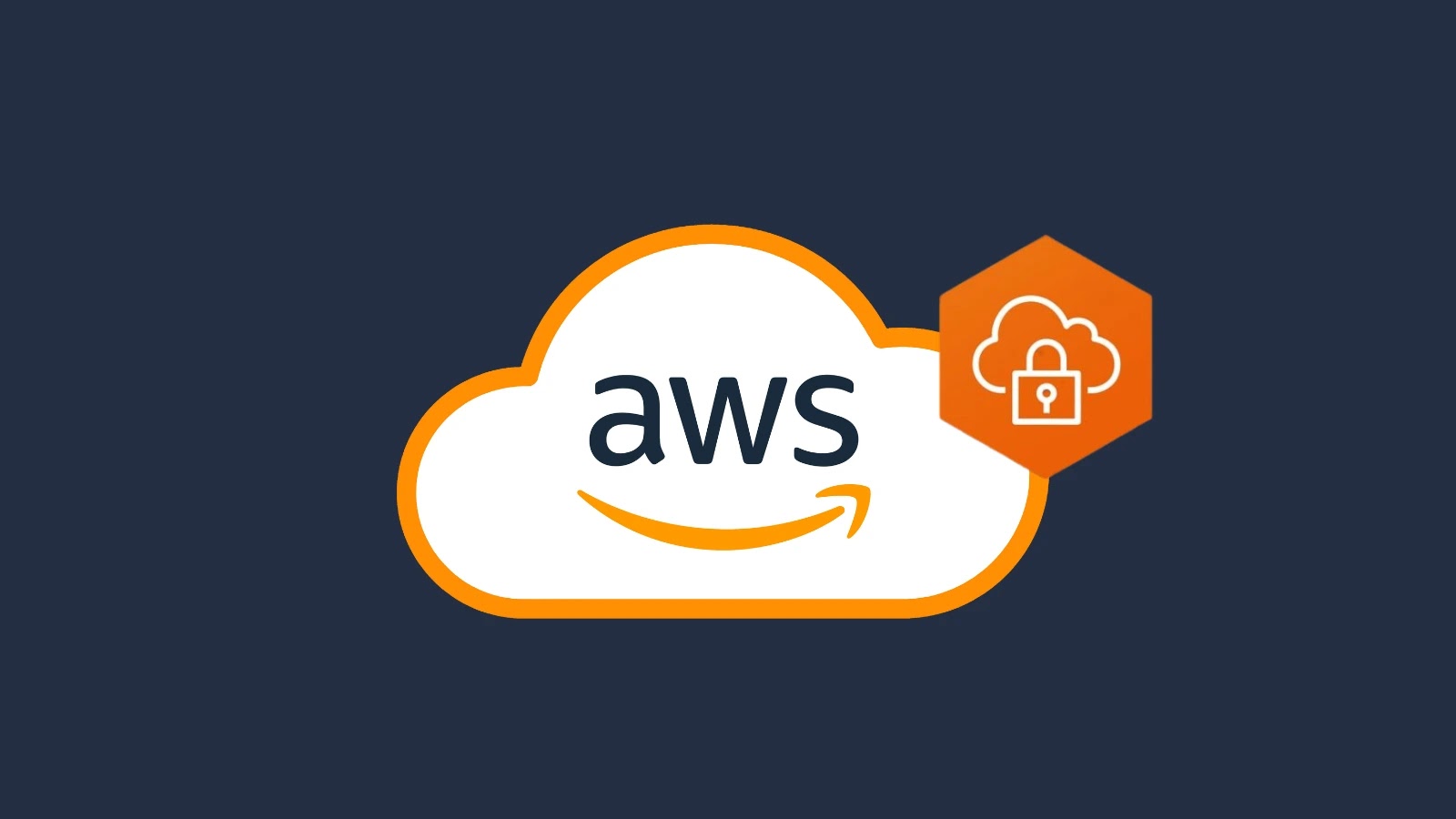
AWS Client VPN for Windows Vulnerability Let Attackers Escalate Privileges
A significant security concern has emerged for organizations relying on AWS Client VPN for Windows. A critical vulnerability, tracked as CVE-2025-8069, has been disclosed that could enable attackers to escalate privileges and execute arbitrary code with administrative rights on affected systems. This discovery underscores the constant need for vigilance in cloud infrastructure security and prompt patching.
Understanding CVE-2025-8069: A Deeper Look
The vulnerability, CVE-2025-8069, specifically impacts multiple versions of the AWS Client VPN client for Windows. While the precise technical details of the exploit are not fully public at this time, the classification of “Privilege Escalation” indicates a flaw that allows a lower-privileged process or user to gain higher, unauthorized privileges. In this context, it means an attacker who might gain initial, limited access to a system could leverage this vulnerability to achieve full administrative control. Such control would enable them to install malware, modify system configurations, or exfiltrate sensitive data without detection.
Impact of Privilege Escalation Vulnerabilities
Privilege escalation vulnerabilities are particularly dangerous because they often serve as a critical second step in complex cyberattacks. An attacker might initially exploit a different, less severe vulnerability (e.g., a cross-site scripting flaw in a web application or a weak credential) to gain a foothold. Once on the system, a privilege escalation flaw like CVE-2025-8069 acts as a gateway to unfettered access. This complete control makes it challenging for conventional security measures to detect and prevent further malicious activities. The ability to execute arbitrary code with administrative rights means an attacker can essentially do anything they wish on the compromised machine, from deploying ransomware to establishing persistent backdoors.
Affected Versions and Remediation Actions
Amazon Web Services has confirmed that the vulnerability affects unpatched versions of its Client VPN software for Windows. Organizations using AWS Client VPN must immediately identify the versions deployed within their environments. Timely patching is the most crucial step to mitigate this risk.
Remediation Actions:
- Update Immediately: The primary remediation is to update all instances of the AWS Client VPN client for Windows to the latest available version. AWS has released a patch that addresses CVE-2025-8069. Administrators should prioritize this update across all end-user devices.
- Verify Installation: After updating, verify that the new version has been successfully installed and is active on all endpoints.
- Endpoint Security Reinforcement: Ensure that robust endpoint detection and response (EDR) solutions are
active and up-to-date on all Windows machines utilizing the AWS Client VPN client. These tools can help detect
and prevent suspicious activities, even if a system were to be compromised before patching. - Least Privilege Principle: Reiterate and enforce the principle of least privilege for all users.
Even if a vulnerability exists, limiting user permissions can restrict the potential damage an attacker can
inflict. - Security Awareness Training: Continue to educate users about phishing and social engineering
tactics, as these are often used to gain initial access that could then be leveraged with privilege escalation
vulnerabilities.
Tools for Detection and Mitigation
While direct detection of CVE-2025-8069 itself would primarily involve checking the installed version of the AWS Client VPN client, a comprehensive security posture involves leveraging various tools for overall endpoint security and vulnerability management.
| Tool Name | Purpose | Link |
|---|---|---|
| AWS Client VPN | Official software, updating to the latest version is the primary fix. | https://aws.amazon.com/vpn/client-vpn/ |
| Vulnerability Scanners (e.g., Nessus, Qualys, OpenVAS) | Identify out-of-date software and known vulnerabilities on endpoints. | https://www.tenable.com/products/nessus https://www.qualys.com/security-conference/ http://www.openvas.org/ |
| Endpoint Detection and Response (EDR) Solutions | Monitor endpoint activity for suspicious behavior, detect and respond to threats. | (Vendor Specific – e.g., CrowdStrike, SentinelOne, Microsoft Defender for Endpoint) |
| Software Inventory Tools | Track and manage installed software versions across an organization. | (Various IT Asset Management solutions) |
Key Takeaways for Cybersecurity Professionals
The disclosure of CVE-2025-8069 serves as a crucial reminder:
- Patch Management is Paramount: Diligent and rapid application of security patches remains the single most effective defense against known vulnerabilities.
- Layered Security is Essential: No single solution provides complete protection. A combination of patch management, robust endpoint security, network segmentation, and user awareness creates a more resilient defense.
- Stay Informed: Regularly monitor official security advisories from vendors like AWS for critical disclosures.
Prioritizing the update of AWS Client VPN for Windows is imperative for maintaining the security integrity of your networked resources and preventing potential privilege escalation attacks.





